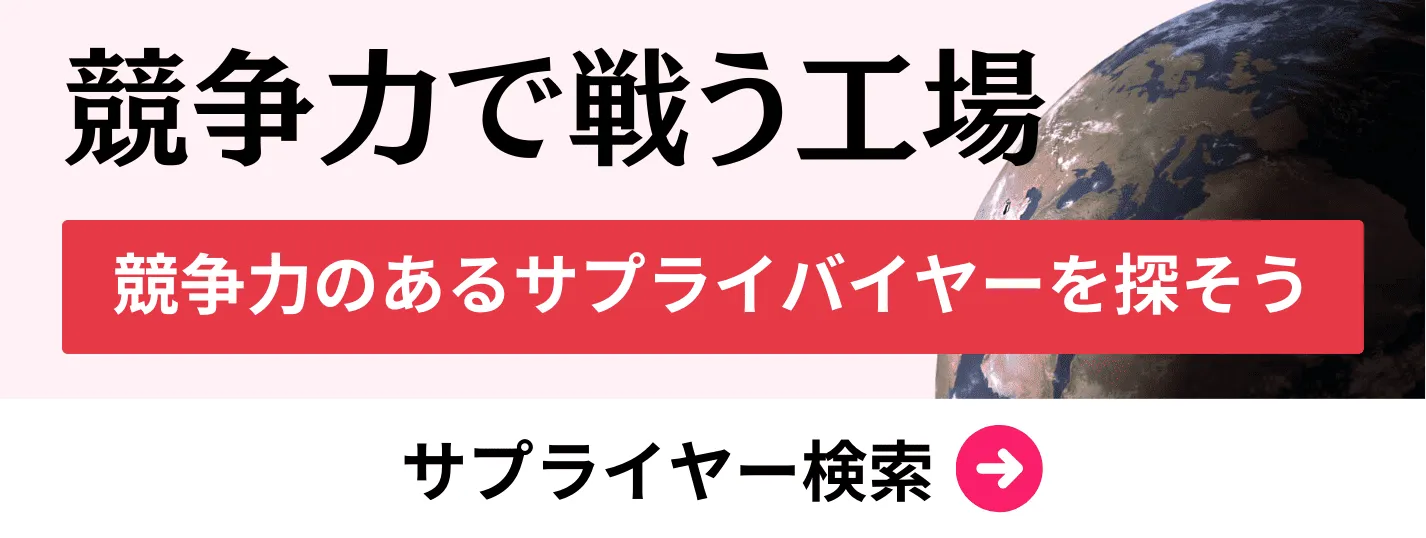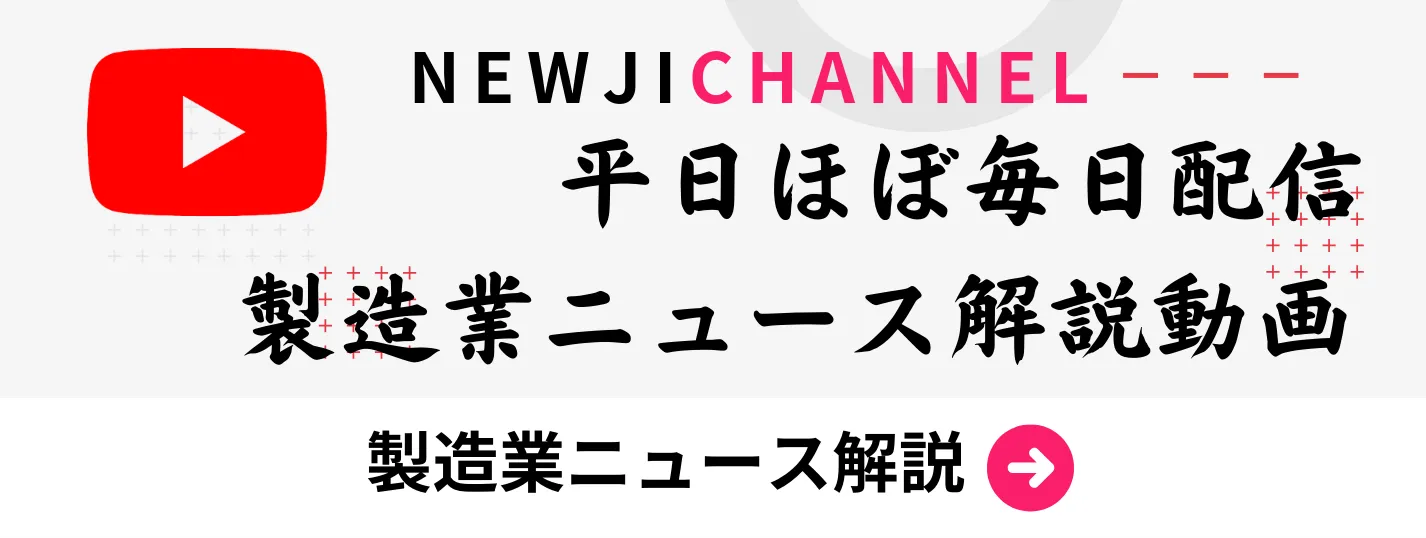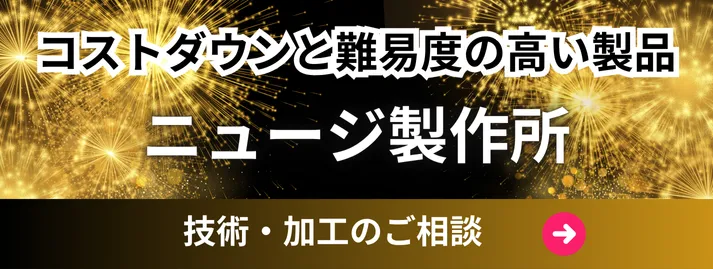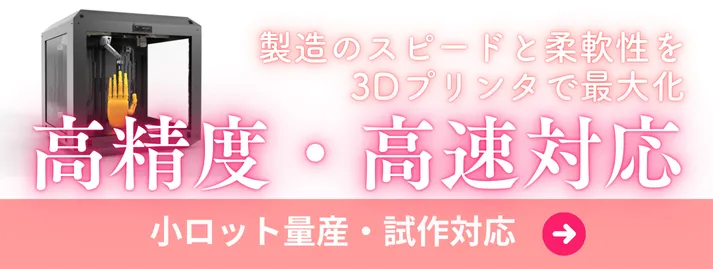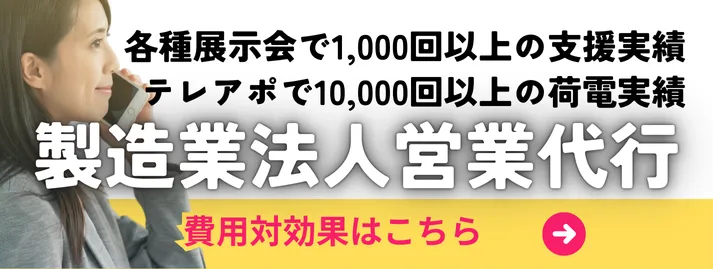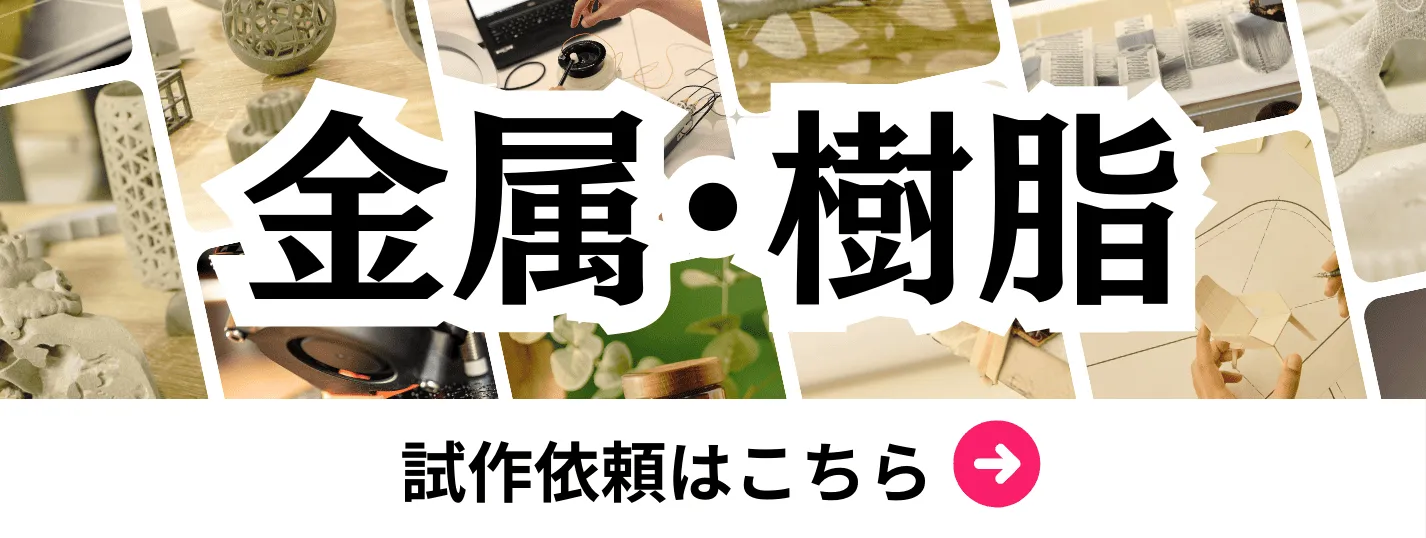- お役立ち記事
- Unveiling the Mastery of Japanese Manufacturing in Bronze Product OEM: A Global Benchmark
月間76,176名の
製造業ご担当者様が閲覧しています*
*2025年3月31日現在のGoogle Analyticsのデータより

Unveiling the Mastery of Japanese Manufacturing in Bronze Product OEM: A Global Benchmark

目次
Introduction to Japanese Manufacturing Excellence in Bronze Product OEM
Japanese manufacturing has long been revered for its precision, quality, and innovation. In the realm of Bronze Product Original Equipment Manufacturing (OEM), Japanese companies set a global benchmark that others aspire to reach. This article delves into the mastery of Japanese manufacturing in bronze product OEM, exploring the advantages, challenges, procurement strategies, supplier negotiation techniques, market conditions, and best practices that contribute to their success.
Understanding Bronze Product OEM
Original Equipment Manufacturing (OEM) involves producing components or products that are purchased by another company and retailed under its brand name. In the context of bronze products, OEM encompasses the manufacturing of various bronze components used in industries such as automotive, electronics, aerospace, and more. Japanese manufacturers excel in this domain by adhering to stringent quality standards and leveraging advanced technologies.
Why Choose Bronze for OEM?
Bronze is an alloy consisting primarily of copper, commonly with tin as the main additive. It is prized for its strength, corrosion resistance, and aesthetic appeal. These properties make bronze an ideal material for a wide range of applications, from decorative pieces to critical industrial components.
Advantages of Japanese Manufacturing in Bronze Product OEM
Japanese manufacturers offer numerous advantages that make them preferred partners in bronze product OEM. These advantages stem from their commitment to quality, efficiency, and continuous improvement.
Unparalleled Quality Control
Japanese manufacturing is synonymous with high quality. Rigorous quality control processes are embedded in every stage of production, ensuring that each bronze product meets the highest standards. Techniques such as Just-In-Time (JIT) production and Total Quality Management (TQM) are commonly employed to minimize defects and enhance product reliability.
Advanced Manufacturing Technologies
Japan invests heavily in research and development, leading to the adoption of cutting-edge manufacturing technologies. Automation, robotics, and computer-aided manufacturing (CAM) play a significant role in their production lines, resulting in precision-engineered bronze products with consistent quality.
Efficient Supply Chain Management
The efficiency of Japanese supply chains is a key factor in their manufacturing success. Streamlined logistics, robust supplier networks, and effective inventory management ensure timely delivery of materials and finished products. This efficiency translates into reduced lead times and lower costs for OEM clients.
Innovation and Continuous Improvement
Japanese manufacturers embrace the philosophy of Kaizen, or continuous improvement. This mindset drives ongoing enhancements in processes, products, and services. Innovation is not just encouraged but expected, leading to the development of superior bronze products that meet evolving market demands.
Challenges in Japanese Bronze Product OEM
While Japanese manufacturing offers numerous benefits, it also presents certain challenges that companies must navigate to establish successful partnerships.
Higher Production Costs
The emphasis on quality and advanced technologies often results in higher production costs compared to manufacturers in other regions. While the initial investment is greater, the long-term benefits of superior quality and reliability can offset these costs.
Cultural and Communication Barriers
Collaborating with Japanese manufacturers may involve overcoming cultural and communication differences. Understanding Japanese business etiquette, negotiation styles, and decision-making processes is crucial for building strong, mutually beneficial relationships.
Limited Flexibility
Japanese manufacturers may have strict processes and standards that limit flexibility in production. Customization requests outside of established protocols can be challenging to accommodate, requiring clear communication and alignment of expectations.
Procurement Strategies for Japanese Bronze Product OEM
Effective procurement strategies are essential for leveraging the strengths of Japanese manufacturers. These strategies focus on building strong relationships, ensuring quality, and optimizing costs.
Building Strong Supplier Relationships
Establishing a collaborative relationship with Japanese suppliers is key to successful OEM partnerships. Regular communication, mutual respect, and understanding of each other’s business practices foster trust and cooperation, leading to better outcomes.
Comprehensive Supplier Evaluation
Thoroughly evaluating potential suppliers is critical. Assess factors such as their production capabilities, quality control measures, financial stability, and reputation in the market. Site visits and audits can provide valuable insights into their operations and commitment to excellence.
Leveraging Long-Term Contracts
Long-term contracts can provide stability and predictability for both parties. They encourage suppliers to invest in resources and processes that align with your company’s needs, resulting in better product quality and consistent supply.
Implementing Strategic Sourcing
Strategic sourcing involves identifying and selecting suppliers that offer the best value in terms of quality, cost, and reliability. For Japanese OEM partners, this means prioritizing suppliers who demonstrate a commitment to innovation, quality, and customer satisfaction.
Supplier Negotiation Techniques
Effective negotiation is a crucial skill in establishing successful OEM partnerships. Japanese negotiation styles may differ from those in other cultures, and understanding these nuances can lead to more productive discussions.
Emphasize Mutual Benefits
Japanese negotiations often focus on creating win-win scenarios. Highlight how the partnership benefits both parties, fostering a sense of shared purpose and collaboration. This approach builds trust and encourages long-term cooperation.
Patience and Respect
Patience is a virtue in Japanese business culture. Allow negotiations to progress at a measured pace, showing respect for the supplier’s decision-making process. Rushing can be perceived as disrespectful and may hinder the negotiation outcome.
Detail-Oriented Communication
Japanese suppliers appreciate thorough and precise communication. Present detailed proposals, including specifications, timelines, and expectations. Clear and comprehensive information reduces misunderstandings and facilitates smoother negotiations.
Building Personal Relationships
Developing personal relationships with key stakeholders in the supplier company can enhance trust and cooperation. Investing time in getting to know your Japanese partners beyond business transactions fosters a deeper and more resilient partnership.
Market Conditions Affecting Japanese Bronze Product OEM
Understanding the market conditions is essential for navigating the OEM landscape. Various factors influence the demand, supply, and pricing of bronze products in the global market.
Global Economic Trends
Economic fluctuations impact manufacturing activities and procurement decisions. During periods of economic growth, demand for bronze products may rise, leading to increased production and higher prices. Conversely, economic downturns can result in decreased demand and cost pressures.
Technological Advancements
Advancements in manufacturing technologies can shift market dynamics. Innovations that improve efficiency and reduce costs may influence supplier competitiveness. Staying abreast of technological trends ensures that your procurement strategies remain relevant and effective.
Regulatory Environment
Regulations related to environmental standards, labor practices, and trade policies affect manufacturing processes and costs. Japanese manufacturers typically adhere to stringent regulations, which can enhance product quality but also impact pricing and production timelines.
Supply Chain Disruptions
Global events such as natural disasters, pandemics, or geopolitical tensions can disrupt supply chains. Diversifying suppliers and maintaining flexibility in procurement strategies can mitigate the risks associated with supply chain disruptions.
Best Practices in Japanese Bronze Product OEM Procurement
Adopting best practices ensures that procurement processes are efficient, cost-effective, and aligned with business objectives. These practices are particularly relevant when dealing with Japanese manufacturers known for their excellence.
Implementing Total Quality Management (TQM)
Total Quality Management involves integrating all aspects of production to focus on quality enhancement. TQM practices include continuous improvement, employee involvement, and customer focus, which are integral to Japanese manufacturing philosophies.
Utilizing Lean Manufacturing Principles
Lean manufacturing emphasizes the elimination of waste and optimization of processes. By adopting lean principles, procurement teams can work more efficiently with Japanese suppliers, reducing costs and improving turnaround times.
Engaging in Collaborative Planning
Collaborative planning with suppliers ensures that both parties are aligned in their goals and expectations. Joint planning sessions can address potential challenges, streamline production schedules, and enhance the overall efficiency of the OEM partnership.
Investing in Supplier Development
Supporting supplier development initiatives can lead to significant improvements in quality and efficiency. Providing training, sharing best practices, and offering feedback help Japanese suppliers enhance their capabilities and better meet your company’s needs.
Case Studies: Successful Japanese Bronze Product OEM Partnerships
Examining real-world examples of successful OEM partnerships with Japanese manufacturers provides valuable insights into effective strategies and practices.
Case Study 1: Automotive Industry
A leading automotive company partnered with a Japanese bronze component manufacturer to produce high-precision engine parts. Through collaborative planning and regular quality audits, the partnership resulted in a 20% reduction in defect rates and a significant improvement in production efficiency. The use of advanced CNC machining techniques ensured that each component met exacting specifications, contributing to the overall performance and reliability of the vehicles.
Case Study 2: Consumer Electronics
A global consumer electronics brand engaged with a Japanese supplier to produce bronze connectors for their devices. By implementing lean manufacturing principles and conducting joint training sessions, the supplier enhanced their production processes, leading to faster lead times and lower costs. The close collaboration also facilitated rapid innovation, allowing the electronics company to incorporate new features and maintain a competitive edge in the market.
Case Study 3: Aerospace Sector
In the aerospace sector, precision and reliability are paramount. A Japanese bronze component manufacturer was selected for producing critical parts used in aircraft engines. The partnership focused on rigorous quality control and compliance with international aerospace standards. Through continuous improvement initiatives, the supplier achieved a flawless delivery record, significantly boosting the aerospace company’s reputation for reliability and safety.
Future Trends in Japanese Bronze Product OEM
The landscape of Japanese manufacturing is continually evolving, influenced by technological advancements, market demands, and global trends. Anticipating these changes can help businesses stay ahead in their procurement strategies.
Integration of Industry 4.0
Industry 4.0 technologies, such as the Internet of Things (IoT), artificial intelligence (AI), and machine learning, are transforming manufacturing processes. Japanese OEM partners are increasingly adopting these technologies to enhance automation, improve predictive maintenance, and optimize production workflows. Integrating Industry 4.0 advancements can lead to smarter, more efficient manufacturing systems that respond dynamically to changing demands.
Sustainability and Green Manufacturing
Sustainability is becoming a critical focus in manufacturing. Japanese manufacturers are leading the way in implementing green manufacturing practices, such as reducing energy consumption, minimizing waste, and using eco-friendly materials. Emphasizing sustainability in procurement decisions not only aligns with global environmental standards but also enhances the brand reputation of OEM partners.
Customization and Flexibility
As market demands become more diverse, the ability to offer customized solutions is increasingly important. Japanese manufacturers are enhancing their flexibility to accommodate bespoke requirements without compromising on quality or efficiency. This trend towards greater customization allows OEM partners to offer unique, differentiated products in the marketplace.
Global Supply Chain Resilience
Building resilient supply chains is a priority in the aftermath of global disruptions. Japanese manufacturers are investing in diversified sourcing strategies, localized production facilities, and robust risk management frameworks. These efforts enhance supply chain resilience, ensuring continuity of supply and mitigating the impact of unforeseen events.
Conclusion
Japanese manufacturing mastery in bronze product OEM stands as a global benchmark, characterized by unparalleled quality, advanced technologies, and efficient supply chain management. While challenges such as higher production costs and cultural barriers exist, the benefits of partnering with Japanese manufacturers are substantial. By adopting effective procurement strategies, engaging in collaborative supplier negotiations, and implementing best practices, companies can fully leverage the strengths of Japanese OEM partners.
As the manufacturing landscape continues to evolve with Industry 4.0, sustainability initiatives, and increasing demand for customization, Japanese manufacturers are well-positioned to lead the way. Embracing these future trends will ensure that OEM partnerships remain robust, innovative, and capable of meeting the dynamic needs of the global market. Investing in Japanese bronze product OEM is not just a procurement decision but a strategic move towards excellence and long-term success in the competitive global arena.
 資料ダウンロード
資料ダウンロード
QCD管理受発注クラウド「newji」は、受発注部門で必要なQCD管理全てを備えた、現場特化型兼クラウド型の今世紀最高の受発注管理システムとなります。
 ユーザー登録
ユーザー登録
受発注業務の効率化だけでなく、システムを導入することで、コスト削減や製品・資材のステータス可視化のほか、属人化していた受発注情報の共有化による内部不正防止や統制にも役立ちます。
 NEWJI DX
NEWJI DX
製造業に特化したデジタルトランスフォーメーション(DX)の実現を目指す請負開発型のコンサルティングサービスです。AI、iPaaS、および先端の技術を駆使して、製造プロセスの効率化、業務効率化、チームワーク強化、コスト削減、品質向上を実現します。このサービスは、製造業の課題を深く理解し、それに対する最適なデジタルソリューションを提供することで、企業が持続的な成長とイノベーションを達成できるようサポートします。
 製造業ニュース解説
製造業ニュース解説
製造業、主に購買・調達部門にお勤めの方々に向けた情報を配信しております。
新任の方やベテランの方、管理職を対象とした幅広いコンテンツをご用意しております。
 お問い合わせ
お問い合わせ
コストダウンが利益に直結する術だと理解していても、なかなか前に進めることができない状況。そんな時は、newjiのコストダウン自動化機能で大きく利益貢献しよう!
(β版非公開)


